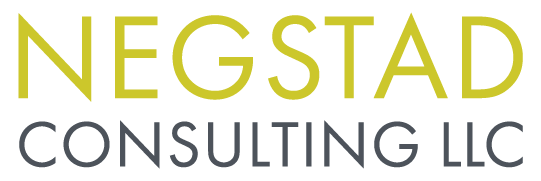5 Minutes on Surfacing Tension On Your Team
We’ve all been there.
The team meeting is chugging along. Moving from agenda item to agenda item. And then, something shifts.
Maybe you can feel the tension, sense a weird energy, or notice resistance lurking below the surface.
Or maybe you see a shift in body language. People who had been participating start to clam up.
Often, when this happens, we just keep going. We force the agenda item to an unsatisfactory end or put off a decision until later.
When we do that, we are missing an opportunity to dig deeper and surface the tension.
Why do we avoid tension?
Here Are Four Common Reasons We Avoid Tension:
1. It’s easier.
Pausing and digging into the tension takes courage and skill. It’s a muscle we need to build. We want our teams to be able to disagree and get better at sharing, speaking honestly, and listening openly. But this takes practice.
2. We don’t know that tension can be useful.
I learned in my training with the Human Systems Dynamics Institute that tension is useful because it points to where change wants to happen. Does reading that shift something for you? Tension can be a sign that it’s time to slow down, not push through.
3. It’s just plain uncomfortable.
Our body might be responding with feelings and emotions we don’t want to experience (fear, anxiety, discomfort). It takes a shift to train our nervous system to stay with conflict and build healthy conflict muscles. I’m still really working on this skill!
4. It might feel risky.
Power dynamics can make it risky to speak up. For example, the lower on chain-of-command you are, the harder it is to speak up. Cultural differences can influence how you and others respond to conflict or tension. There may even be unspoken groups norms or an organizational culture that reinforces not speaking up.
Being ready to address tension takes a shift in mindset and building new skill sets.
Once we’re ready to dip our toes into the water of surfacing tension, what next?
Three Practices To Help You Surface Tension On Your Team:
1. Pause and shift from discussion to dialogue.
Discussion is focused on getting our ideas across.
Dialogue is focused on truly listening and being willing to be changed by the interaction.
This can be practiced, modeled, and explicitly taught on your team.
The shift happens when we can name what’s happening.
In my systems coaching training through CRR Global we practiced ways to notice what’s happening with the team. Some of my favorite examples are:
How is this landing?
What just happened here?
This feels like a hot topic
Let’s slow everything down for a minute
What are the real issues here?
What else is important for this conversation?
What seems to be blocking us?
2. Notice the energy on the team.
Once you’ve named what’s happening and made the shift from discussion to dialogue, notice if the shift is causing a lot of energy.
If energy is high, it’s helpful to hear from everybody individually in a “go-around” to check in with everyone present.
Three tips for a helpful go-around:
Before you start, make sure everyone knows there will be no cross-talk or commenting on what anyone else is saying.
Have strong facilitator role.
Ask to hear from everybody about how they are feeling about the topic.
3. Decide on one next step.
When you surface tension on your team, it’s unlikely you’ll solve the whole issue right away. Instead, focus on agreeing on one next step.
It could be to try something new, research something, or bring in somebody who has a fresh take on it.
What if you aren’t the one surfacing the tension?
If someone else has the courage to say what needs to be said or name the elephant in the room, be ready!
Practice getting curious. Notice if you are feeling defensive.
How can you encourage their bravery and participate in this moment?
Finally, it’s important to say that a strong, functioning team is better equipped to surface tension.
One of the best ways to set a solid foundation for your team is with shared team agreements.
Whether there is tension now, or you want to be ready for it in the future, having agreed upon ground rules for how you operate is important.
Team agreements can make the difference between a team that is able to stay present with conflict and teams that regularly avoid it.
You can find my handout on setting team agreements HERE.

